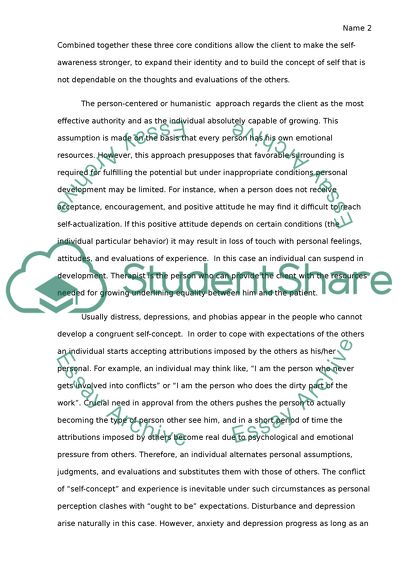Cite this document
(Approaches to Working: Person-Centered and Existential Emotions Term Paper Example | Topics and Well Written Essays - 2000 words, n.d.)
Approaches to Working: Person-Centered and Existential Emotions Term Paper Example | Topics and Well Written Essays - 2000 words. https://studentshare.org/psychology/1835138-compare-and-contrast-the-person-centred-and-existential-approaches-to-understanding-and-working-with-fear-and-sadness
Approaches to Working: Person-Centered and Existential Emotions Term Paper Example | Topics and Well Written Essays - 2000 words. https://studentshare.org/psychology/1835138-compare-and-contrast-the-person-centred-and-existential-approaches-to-understanding-and-working-with-fear-and-sadness
(Approaches to Working: Person-Centered and Existential Emotions Term Paper Example | Topics and Well Written Essays - 2000 Words)
Approaches to Working: Person-Centered and Existential Emotions Term Paper Example | Topics and Well Written Essays - 2000 Words. https://studentshare.org/psychology/1835138-compare-and-contrast-the-person-centred-and-existential-approaches-to-understanding-and-working-with-fear-and-sadness.
Approaches to Working: Person-Centered and Existential Emotions Term Paper Example | Topics and Well Written Essays - 2000 Words. https://studentshare.org/psychology/1835138-compare-and-contrast-the-person-centred-and-existential-approaches-to-understanding-and-working-with-fear-and-sadness.
“Approaches to Working: Person-Centered and Existential Emotions Term Paper Example | Topics and Well Written Essays - 2000 Words”. https://studentshare.org/psychology/1835138-compare-and-contrast-the-person-centred-and-existential-approaches-to-understanding-and-working-with-fear-and-sadness.


